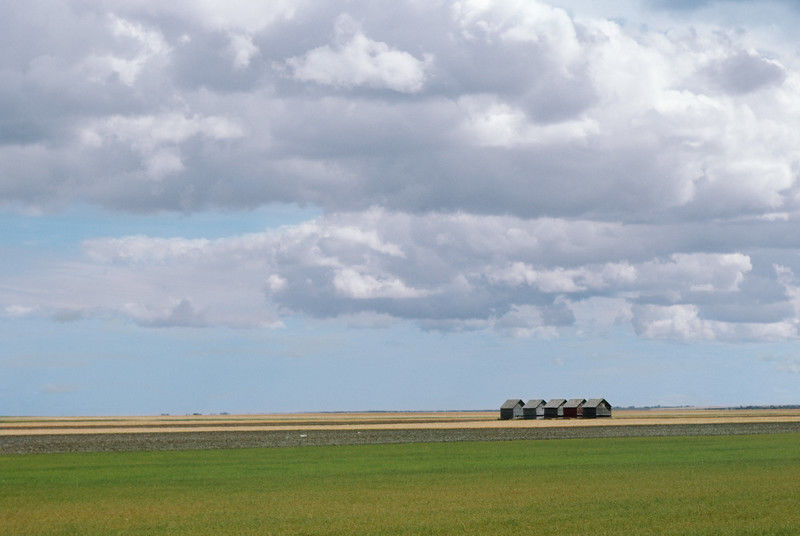Armyworms can wreak havoc on grassy areas
Published 2:19 pm Monday, July 24, 2017
CHAD GULLEY, Texas A&M AgriLife Extension Service
Armyworms are on the march in hay fields and pastures around the county, especially irrigated fields with new, tender green grass. These insects can cause serious damage to your pastures, hay fields and lawn or turf areas if left untreated.
Trending
A single armyworm moth can lay up to 2,000 eggs. Eggs are laid in the field in masses of up to 50 eggs on the grass leaves and can be difficult to find. Eggs are covered with grey scales from the moth’s body, giving the mass a fuzzy appearance. They begin to hatch in two to three days.
Development from egg to adult requires about four weeks during the summer, and longer during cool weather. There are several generations a year. Development ends with cold weather in November.
Armyworms are green, brown or black in color. They have a distinct white line between the eyes that forms an inverted “Y” pattern on the face. They are very small at first, but grow fast and consume large quantities of forage as they grow. Armyworms consume 80 percent of their total food intake during the last few days of development. They get their name because they appear to march across a pasture, hay field or lawn, consuming the grass in their path. When fully grown, they measure three-fourths to 1 inch long.
The key to managing armyworms is to detect the infestation before they have caused economic damage. These caterpillars feed at night and early morning on fertilized forage or grass species. Walk out into your grass early in the morning with rubber boots while the grass is still wet with dew. If the worms are present, you will see them on your boots. Another indication is a large flock of cattle egrets or cow birds in your field, especially if no cattle are in the field or pasture. Armyworms are usually more of a problem in bermudagrass field or lawns; however, they will also invade many other types of grass species as well.
The density of armyworms sufficient to justify insecticide treatment will depend on the stage of crop growth and value of the crop. Seedling plants can tolerate fewer armyworms than established plants. Infestations of two to three armyworms per square foot may justify treatment. Hot, dry weather and natural enemies limit armyworm populations. Insect parasites such as wasps and flies, ground beetles and other predators help suppress armyworm numbers. Diseases such as insect viruses and fungi can also be important. However, these natural enemies can be overwhelmed when large numbers of migrating moths lay thousands of eggs in a field.
Armyworms often infest fields of volunteer wheat and weedy grasses in ditches and around field margins. Destruction of volunteer wheat and weedy grasses can eliminate these sources of armyworms. The fall armyworm is most abundant during August through early November in North Texas, and feeds primarily on bermudagrass, wheat and rye grass, although it attacks many other crops. The true armyworm is common during April and May when it attacks wheat, rye grass, winter pastures and seedling corn and sorghum.
Trending
Control options include mowing the grass or hay to remove the food source, but this does not always fix the problem. As the grass greens back up, small worms can sometimes be seen and insecticide control may be warranted. Insecticides with active ingredients such as Carbaryl, Malathion, Zeta-cypermethrin, Spinosad, Methoxyfenozide, Lambda-cyhalothrin and Diflubenzuron will control armyworms. Be sure to read and follow all label recommendations for application and control of armyworms in pastures and hay fields.







